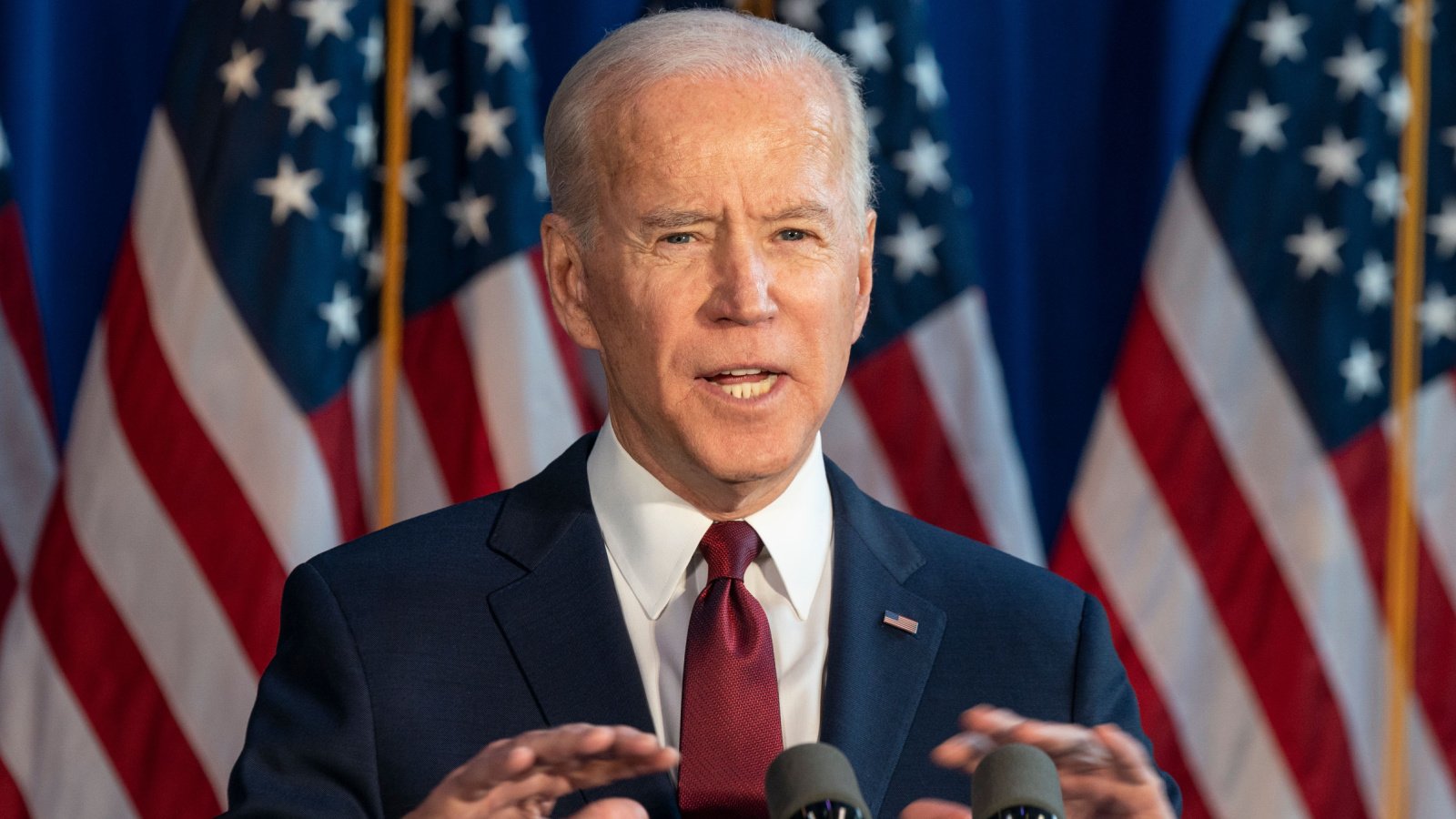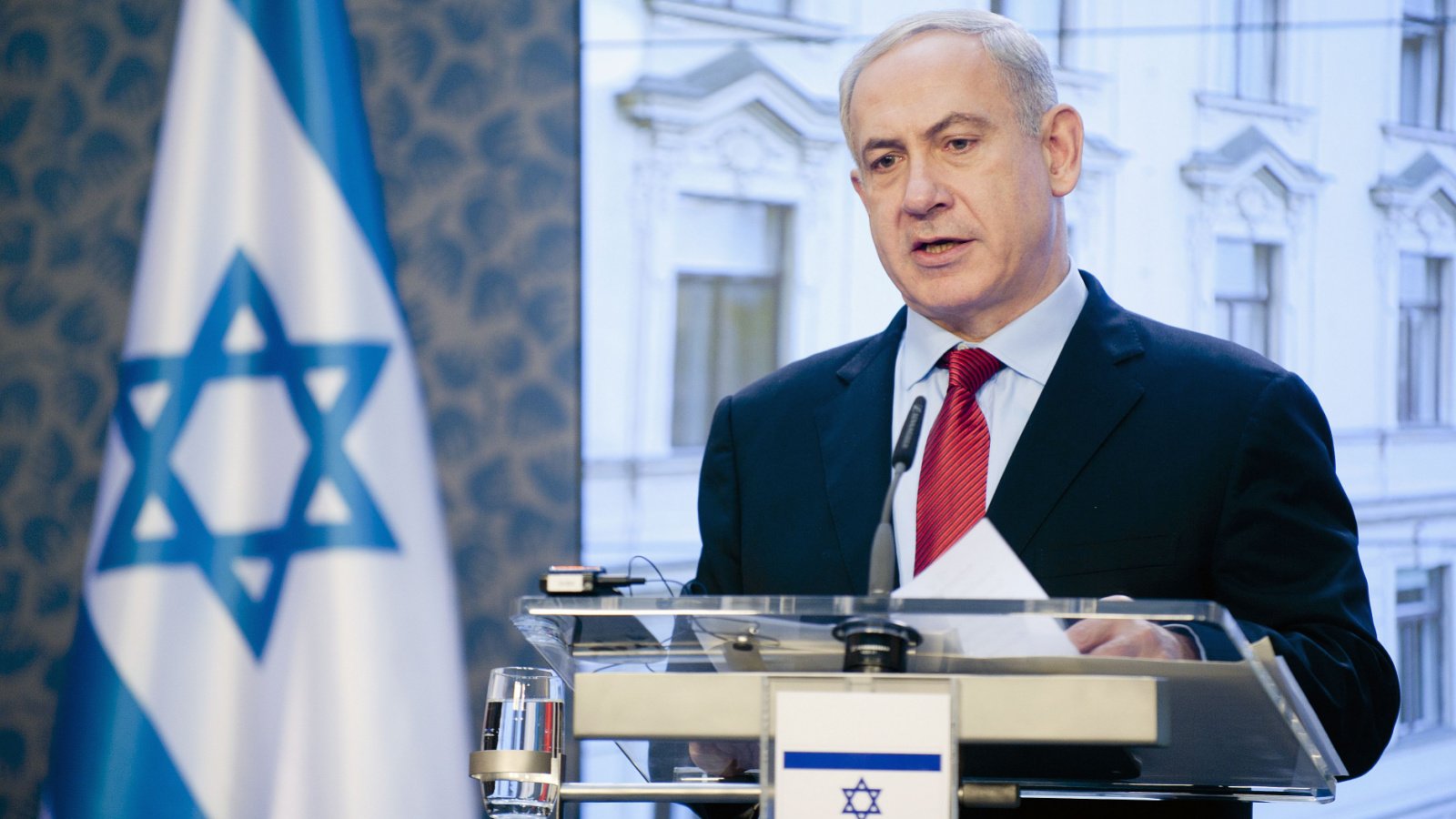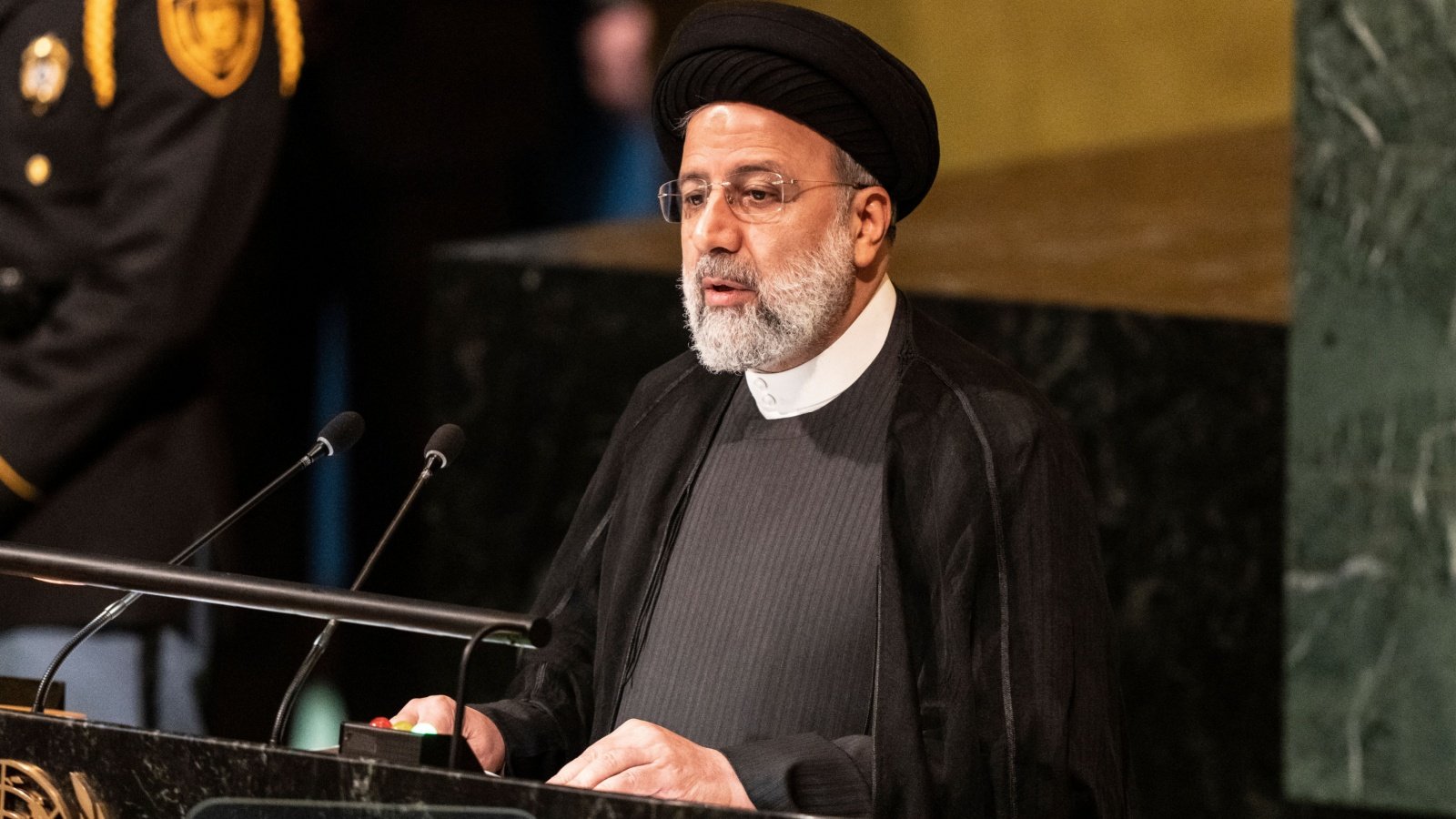Top U.S. officials, from President Biden to Secretary of State Antony Blinken and Secretary of Defense Lloyd Austen, are working to defuse a dangerous situation that could teeter into all-out war in the Middle East. Biden initiated crisis talks Monday in the Situation Room to discuss Iran’s planned counterattack on Israel, which is expected within days.
Defusing Regional Tensions

Biden and Blinken are working to defuse the tensions in the region, which has many hotspots that could engulf the region in war. This latest skirmish is Iran’s response to an alleged Israeli attack that struck down a Hamas leader in Tehran.
Diplomatic Engagements

Biden engaged King Abdullah II of Jordan on the topic. King Abdullah II played a significant role in a previous standoff in April when Jordan shot down Iranian drones and missiles. Israel remained relatively unscathed in that round of attacks.
International Diplomacy

Secretary Blinken called upon diplomats in Qatar and Egypt, asking for assistance in minimizing the damaging and dangerous military response. He has also communicated with his counterparts in the G7 and Iraq’s prime minister.
Commitment to De-escalation

Blinken told reporters after a White House meeting, “We are engaged in intense diplomacy, pretty much around the clock, with a straightforward message—all parties must refrain from escalation.” He continued, “It is also critical that we break this cycle by reaching a ceasefire in Gaza.”
Increasing Tensions

The opportunities for escalation continue to increase. On Monday, U.S. citizens were injured in Iraq from a rocket attack.
Efforts Toward Ceasefire

The latest incidents came after months of work by the Biden Administration to de-escalate the conflicts within the Middle East and reach a ceasefire agreement between Israel and Hamas by the end of his term in office.
Conflict Resolution Initiatives

In addition to pursuing a ceasefire agreement, the Biden Administration was actively engaged in resolving a longstanding conflict between Israel and Saudi Arabia.
Military Presence and Support

Rather than advancing in the direction of peace and de-escalation, Biden has instead increased U.S. military presence in the Middle East and presented a solid resolve to Iran.
Balancing Support and Diplomacy

Although Biden has angered many abroad and some at home as well for his position of support for Israel in the war against Hamas, Biden has also exhibited the limits of support of Israel, communicating to Netanyahu that all-out war on Hamas via Gaza and innocent Palestinians would not be welcomed.
Addressing Assassination Allegations

Biden also communicated to Israel his frustration with the killing of Haniyeh, which Israel allegedly perpetrated, although Israel has not taken responsibility for Haniyeh’s death.
Ceasefire Proposal

Hoping to change the calculus in the attack coming from Iran, Blinken suggested a new ceasefire plan to end fighting in Gaza and return the remaining hostages taken by Hamas on October 7.
Hopes for Enduring Peace

Blinken has high hopes for the ceasefire, claiming it could “unlock possibilities for more enduring calm, not only in Gaza itself but in other areas where the conflict could spread.
Political Will and Peace

Blinken stated that the practicality of whether or not lasting peace can take hold is the intention and political will to agree. He said, “What it comes down to is all parties finding ways to come to an agreement, not look for reasons to delay or to say no.”
Challenges to Agreement

This position undergirds widespread frustration in the particular case in the Middle East, where neither side seems committed to agreeing. Of course, the stakes are high for both sides, higher than an outside interest could likely comprehend.
Resolution and Responsibility

Blinken resolved, “All parties must make the right choices in the hours and days ahead.”








